
How to Grow Okra in Your Garden or Raised Bed
Growing okra in my garden is one of my favorite vegetables to grow! And it’s not just for those of us who live in the southern US. With a little understanding of okra’s basic growing requirements, this tasty vegetable can be grown in most areas of the country. Plus, its versatility offers growing options of both raised beds and in the garden.
In this episode of the Beginner’s Garden Podcast and in the article below, you’ll learn how to grow okra either in your garden or raised bed — no matter where you live.
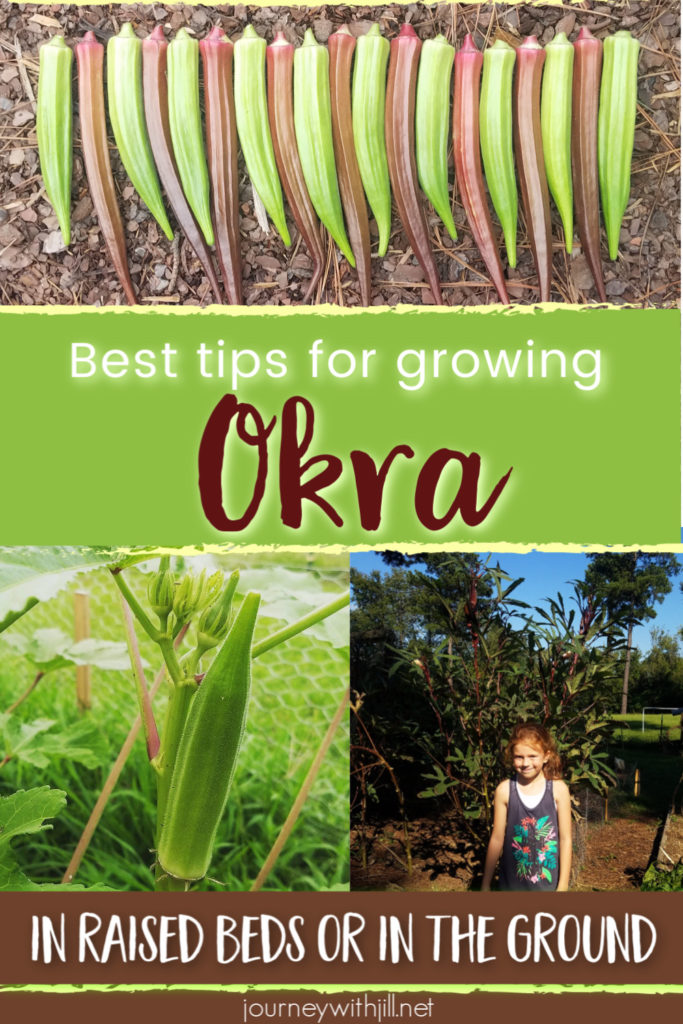
Planting Okra
While most people assume okra is only for southerners, you definitely can (and should!) grow okra even in the north. The key is soil and air temperature. You don’t want to plant until your soil is 75* — the warmer the better. Okra won’t grow in cool soil, and it will not grow well until daytime temperatures rise to around 90*. Understanding these ideal growing conditions for okra, I plant my seeds about a month after our last frost.
How to Grow Okra from Seeds
Personally, I only plant okra from seed. I haven’t had to buy okra seeds in seven years because it’s so easy to save these seeds! (Learn how to save okra seeds here.)
Sometimes people soak their seeds for faster germination. And since okra seeds are hard, some find success by nicking their seeds with something sharp to help them germinate, a process known as scarification.
What if you’re planting okra in a cooler, short-season climate? Joey and Holly Baird from the Wisconsin Vegetable Gardener shared their tips with me on growing okra in a cooler climate. They suggested soaking your seeds in milk overnight. The acid in the milk can break down the seed coating so they will germinate more quickly.
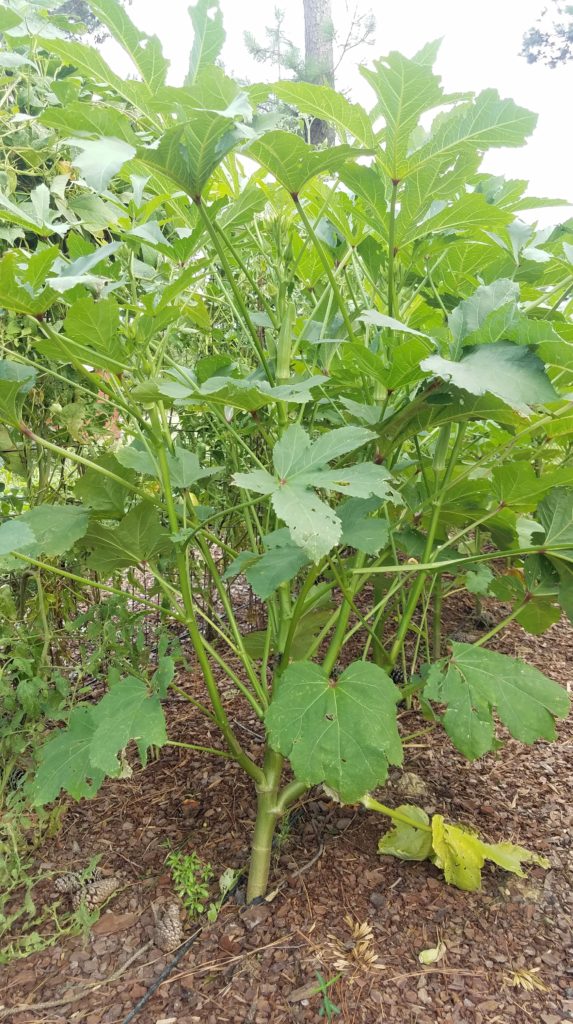
How to Plant Okra from Transplants
Can you plant okra from transplants? Yes, but you do need to keep in mind a few things.
The main thing you want to consider with transplants is that okra has a long taproot. Buy a smaller transplant so that the taproot has not reached the bottom of the pot. If you’re starting your okra seeds indoors, carefully time your sowing where you can transplant those small plants approximately one month after your last frost.
Transplants will be more helpful for gardeners cooler climates with shorter growing seasons. In my southern heat, it’s much easier to plant seeds directly in the ground.
How Much Okra to Plant and Plant Spacing Requirements
How many okra plants do you need, and how far apart should they be planted? I recommend starting with 2-4 plants and keeping them about 12″ apart. This is just an average; I plant about a dozen or more each season for my family and we eat okra twice per week during peak season.
Also keep in mind that if you’re in a cooler climate, your plants may not grow as tall as those of us with hotter summers. Because of this, your yield could be comparatively less; therefore, you might want to plant more.
In areas with hot summers, okra will get very tall. In your garden planning, consider this when planning what to plant around your okra so that you don’t have problems with the okra casting too much shade.
Growing Okra
Growing Okra in Raised Beds
What if you don’t have an in-ground garden? You can absolutely grow okra in your raised beds! But you need to be careful with the taproot and not plant them in a bed with an impermeable bottom layer, like landscape fabric or a new layer of cardboard. The taproot needs to have plenty of room to grow. The taproot of an okra plant can grow two to three feet deep.
Growing Okra in the Northern US
If you’re in a cooler climate with a shorter hot growing season, there are a few things you can do to have a more successful okra harvest. These ideas are also from the Wisconsin Vegetable Gardener. First, you’ll want to make sure that your soil is rich in nutrients. The more fertile your soil, the faster and better all of your crops will grow.
Companion Planting with Okra
Okra can grow very tall (mine are usually over seven feet tall), but the bottom of the plants are narrow. This offers plenty of room for a different crop to grow at the base of the okra. You can plant melons, squash, black eyed peas or bush beans under your okra. You could also grow pole beans up your okra!
How to Harvest Okra
Most of my harvest comes in July, August, and September. When the weather begins to cool, for me around the middle of September, the harvest begins to slow down.
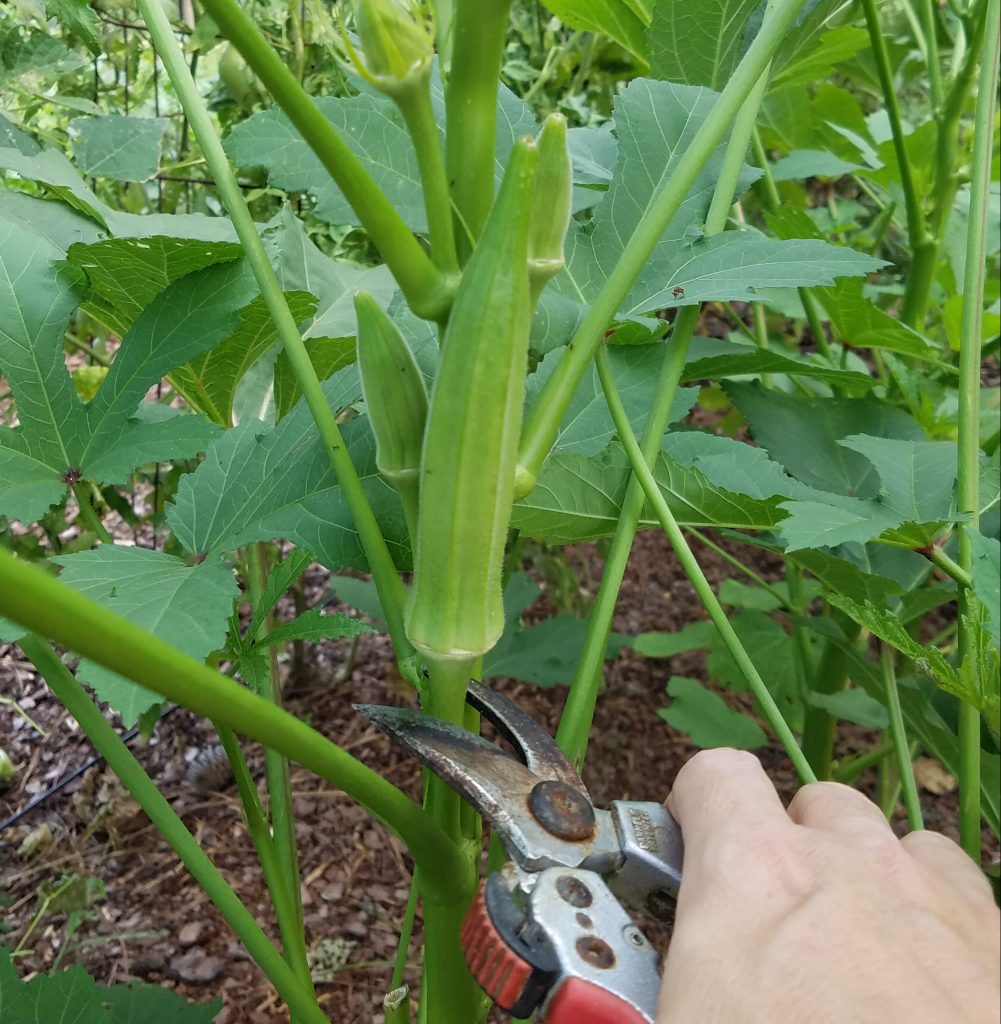
I’ve noticed as the season goes on that it’s more important to pick the okra pods when they are very young. In the beginning of the season they can grow fairly large and still be tender, but towards the end of the season they get tough more quickly. Depending on the variety, you may have to harvest when the pods are 2-3″ but sometimes 4-5″ will still be good and tender.
When you start seeing flowers on your plants, get ready because your okra will be ready in just a few days.
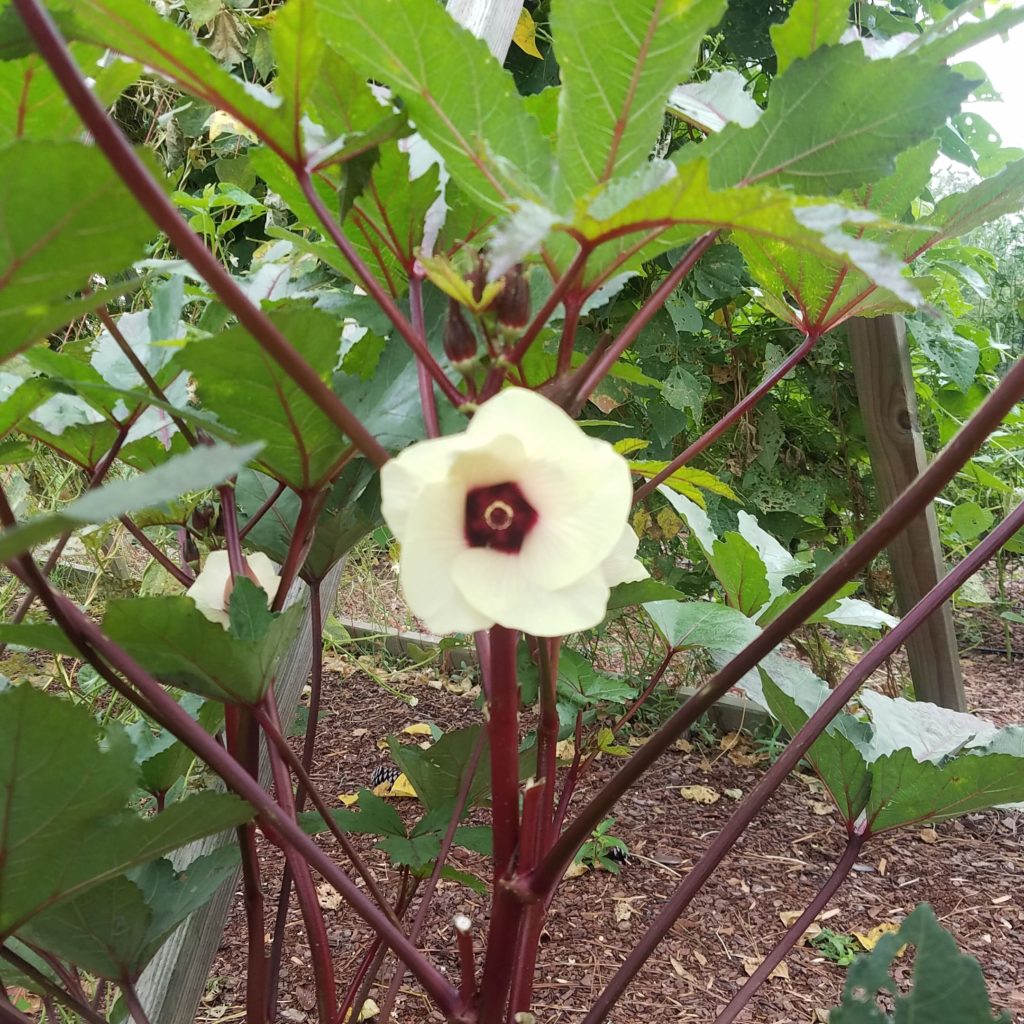
One other tip: When you harvest, make sure to wear gloves that reach your elbows because okra leaves can cause irritation. You’ll also want to use clippers so that you do not damage your plant. In the heat of the summer, be ready to harvest every day. They produce very quickly and even waiting a day can make them too tough to eat.
Hopefully with these tips you’ll be well on your way to a fabulous okra harvest, no matter where you grow okra!
News in the same category

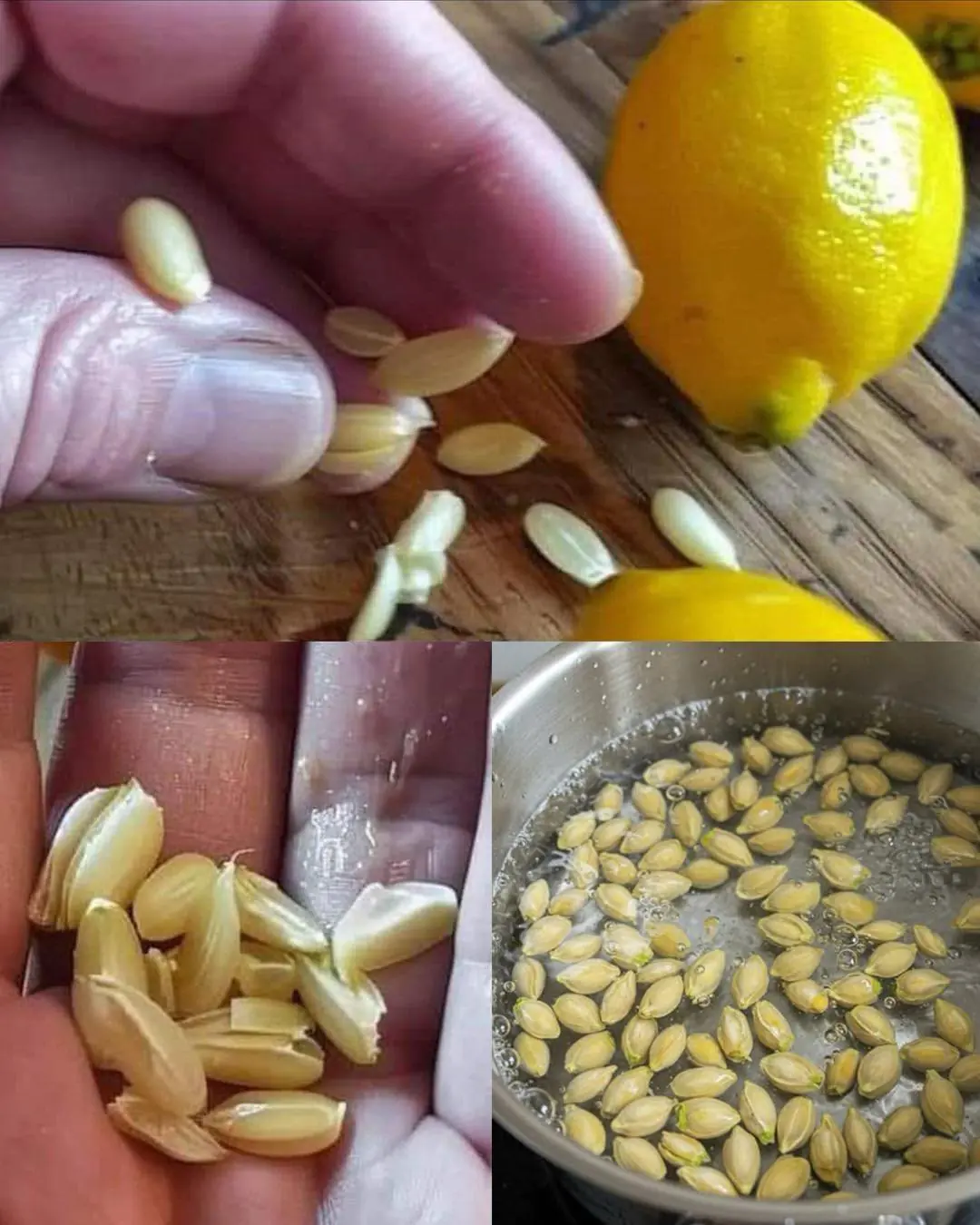
10 Clever Ways to Reuse Lemon Seeds at Home

Unlocking the Secret Health Benefits of Common Mallow: Nature’s Wonder Herb for Wellness
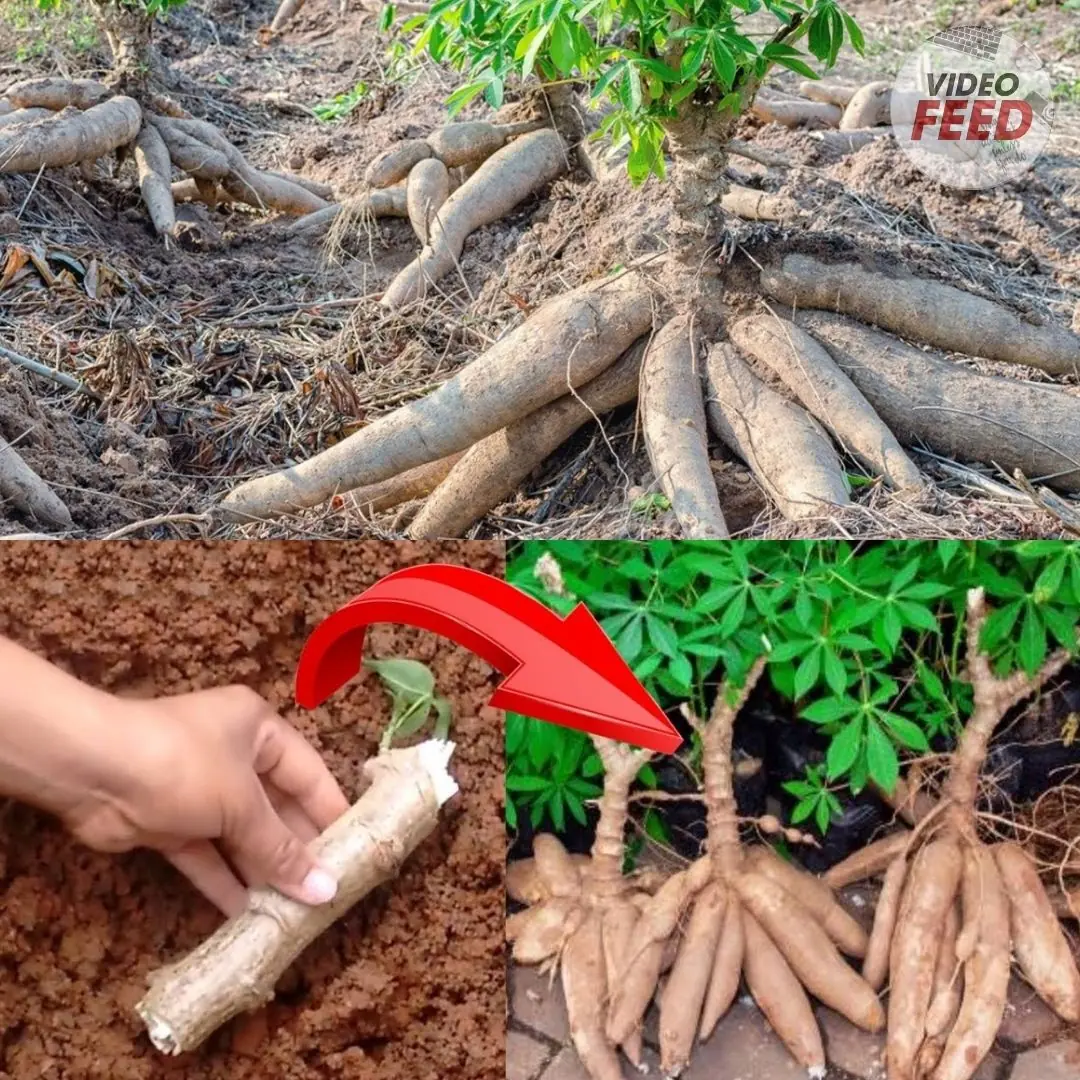
Essential Knowledge for Growing Cassava Successfully
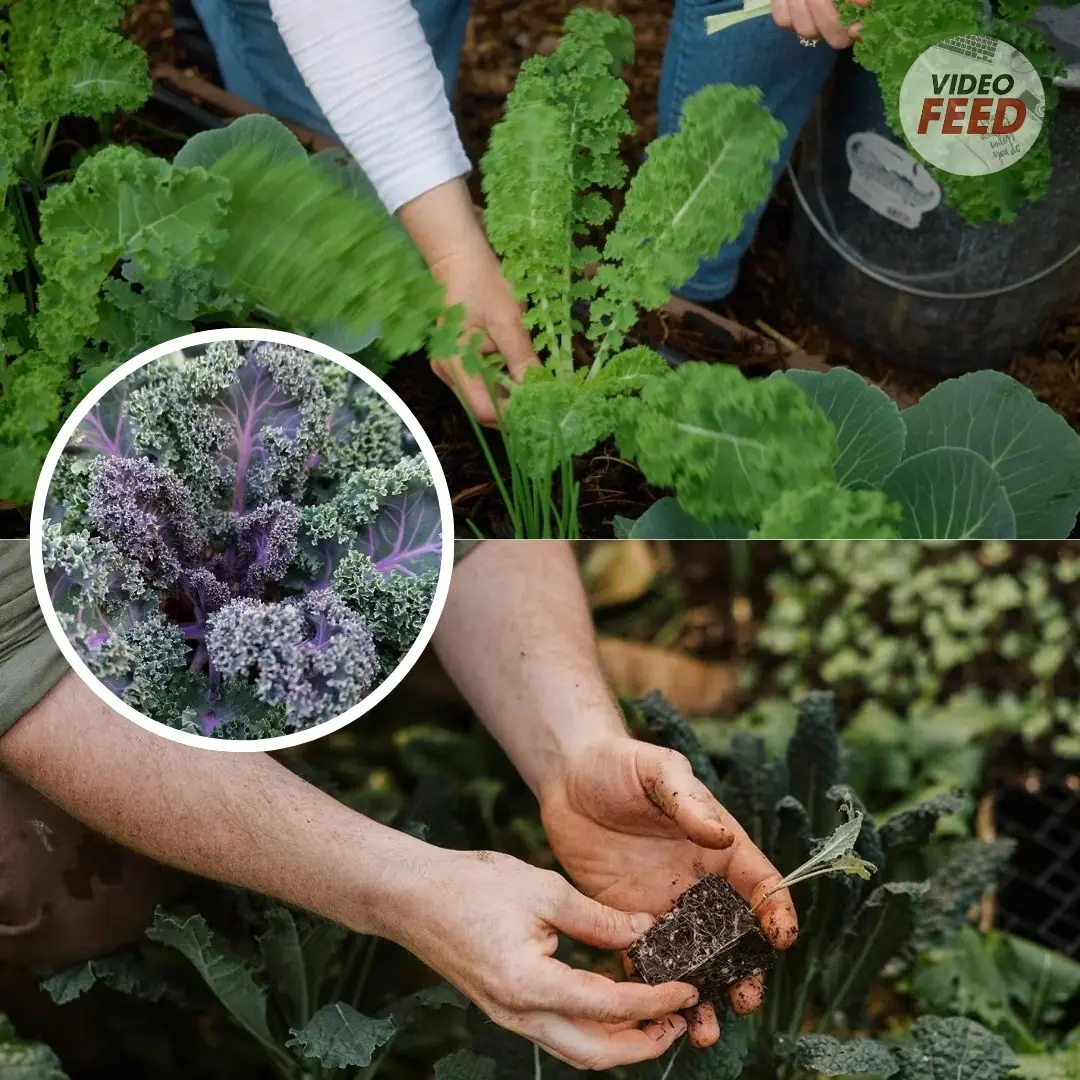
Growing Kale: Planting, Care, and Harvesting Tips
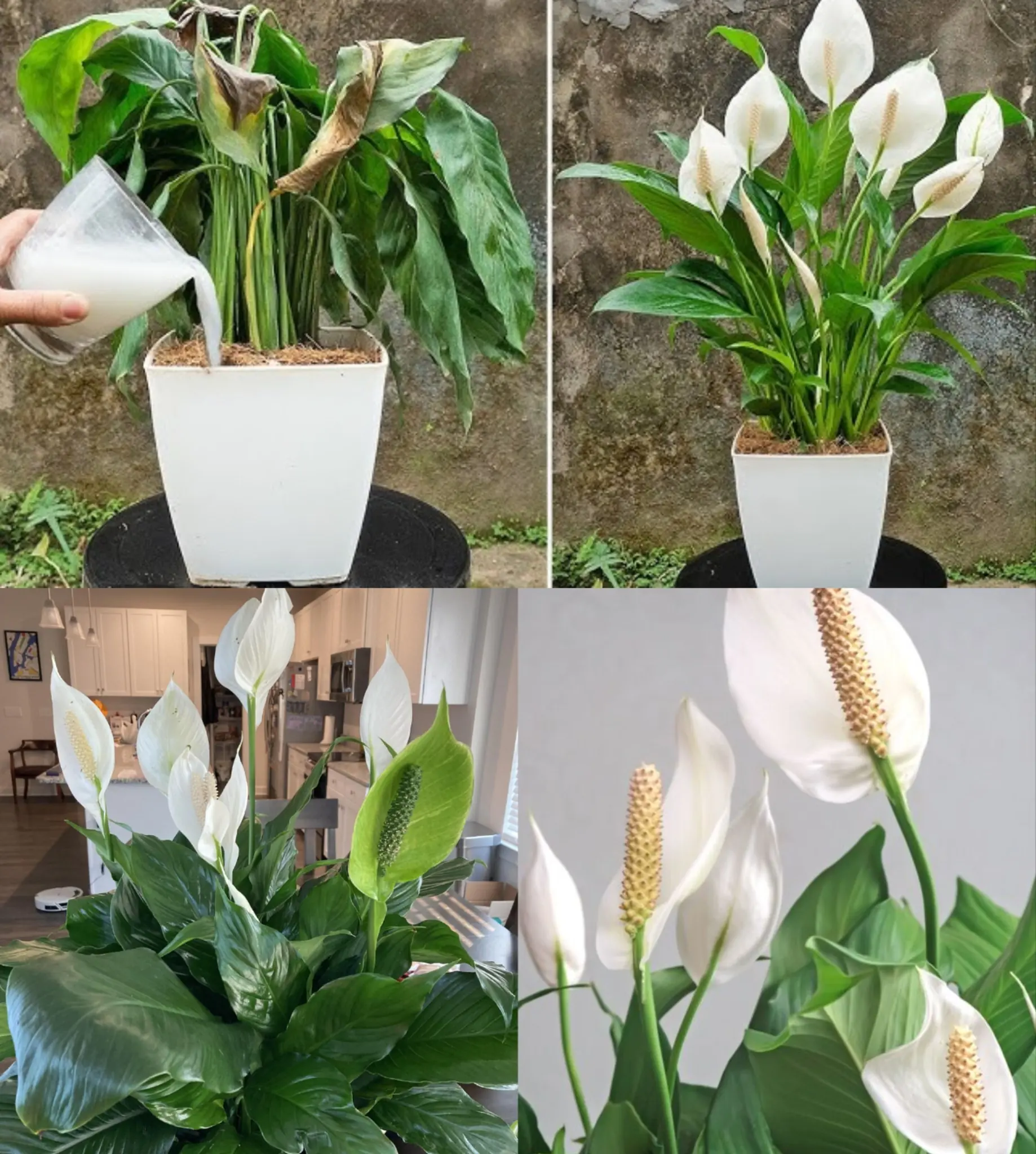
Just 1 Cup Makes Peace Lilies Bloom with So Many Flowers
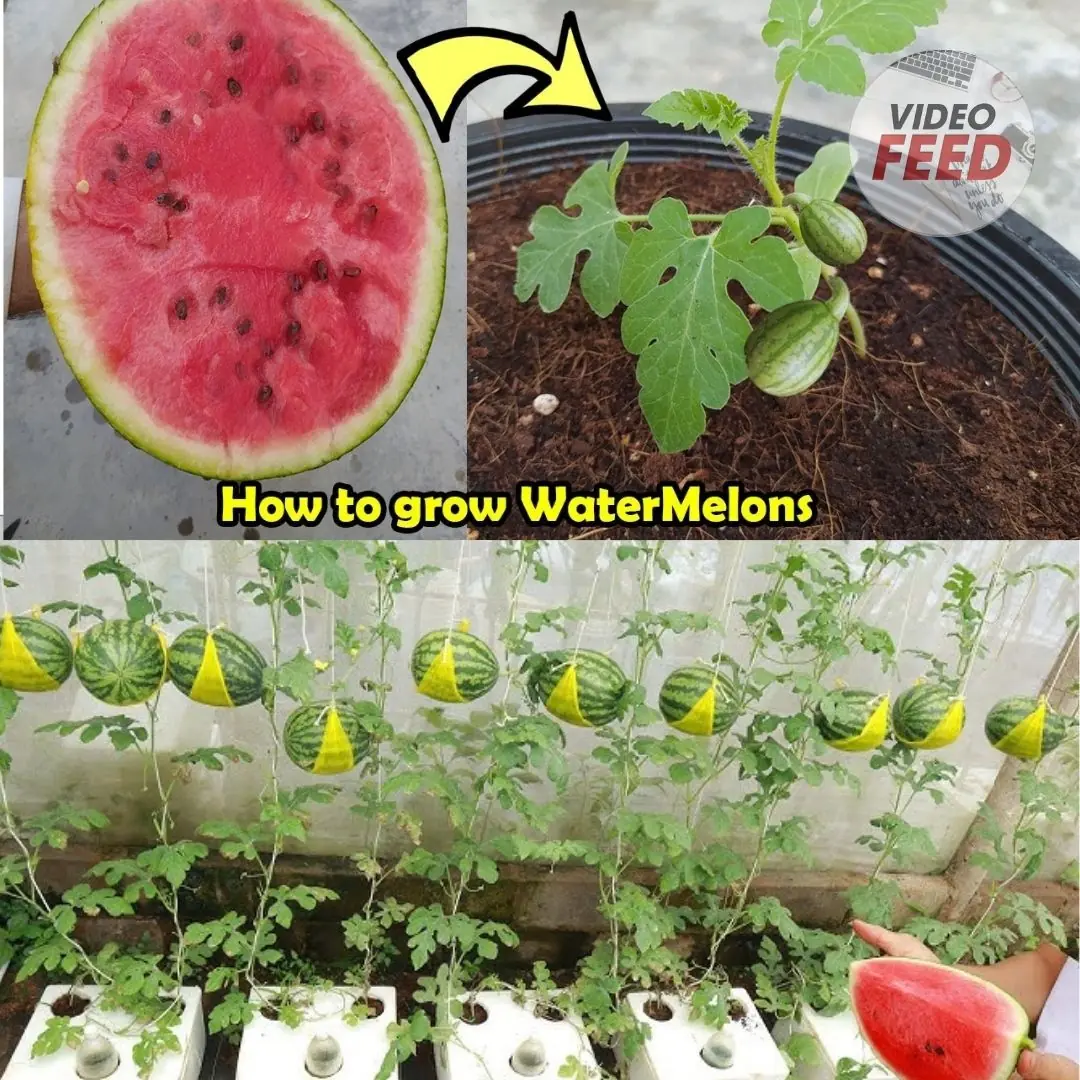
How to Grow Watermelons at Home: A Guide for Small Spaces & Balconies

How to Grow a Banana Tree at Home and Never Buy Bananas Again
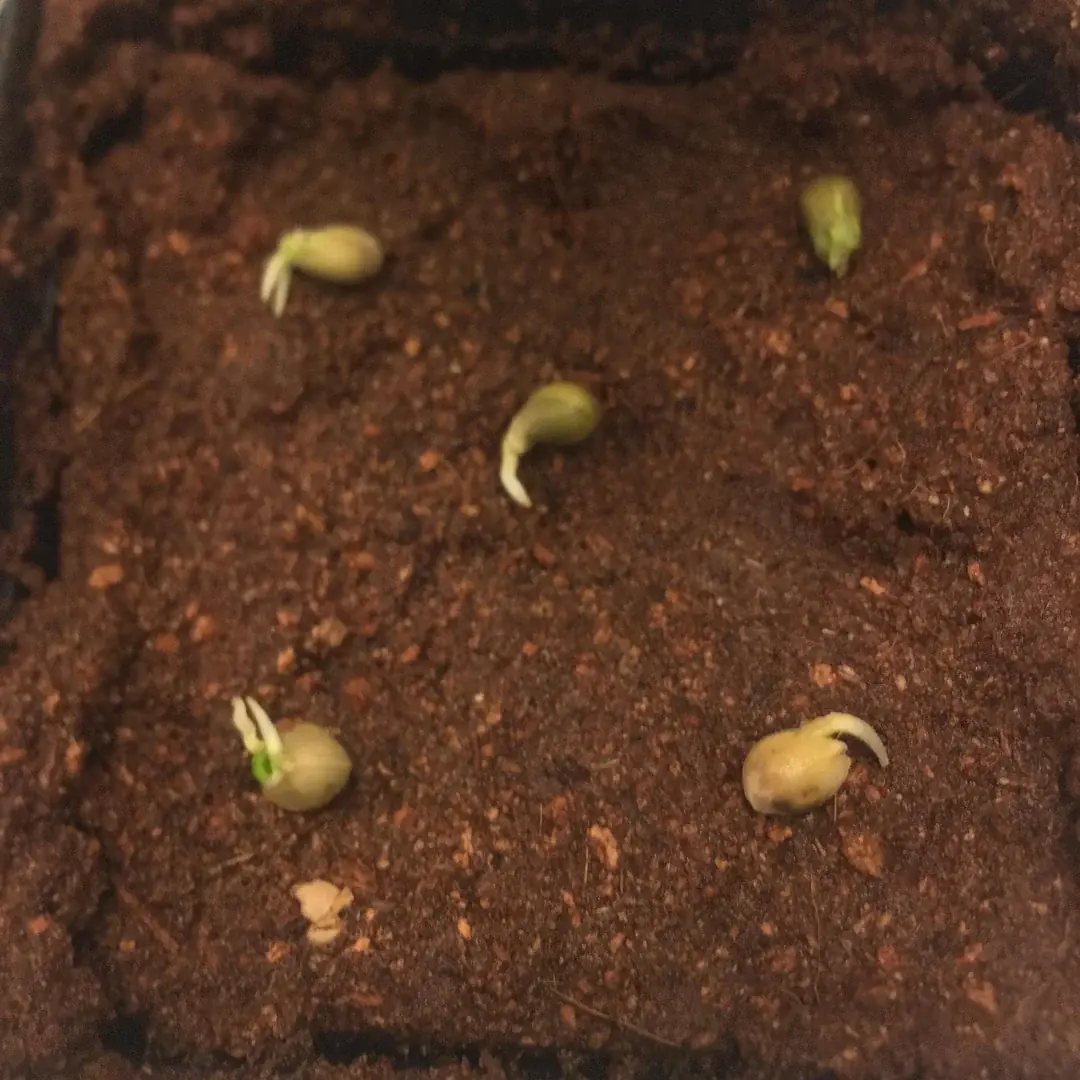
Here’s How to Grow Calamansi at Home — No Farm Needed

How to grow tulips indoors – a step-by-step guide to forcing these beautiful bulbs

How to Grow Habanero Peppers in Pots
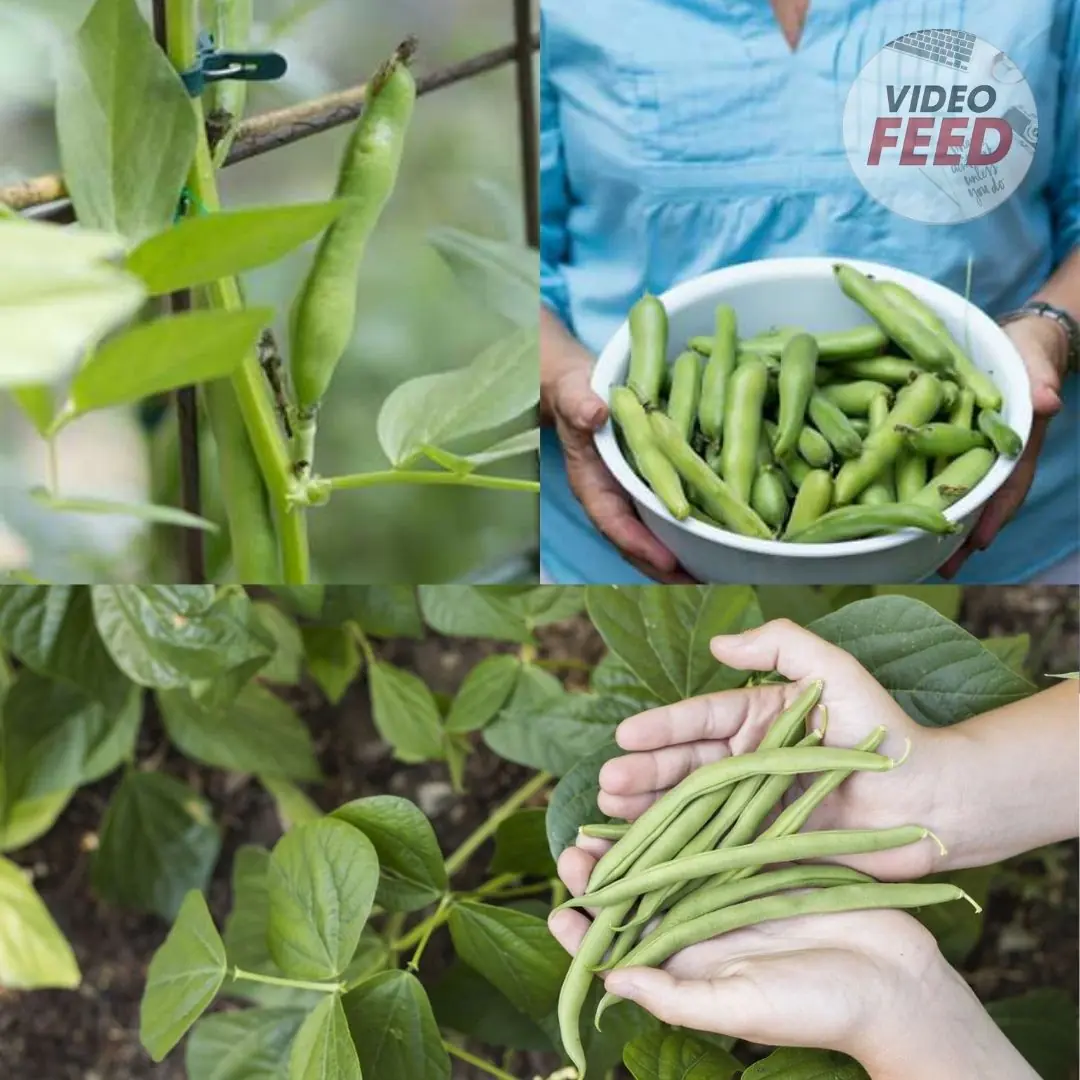
Grow These 5 Garden Beans This Summer

Why Asians Are Rushing to Grow This “Miracle Tree”: Heals Like Medicine, Sells Like Gold
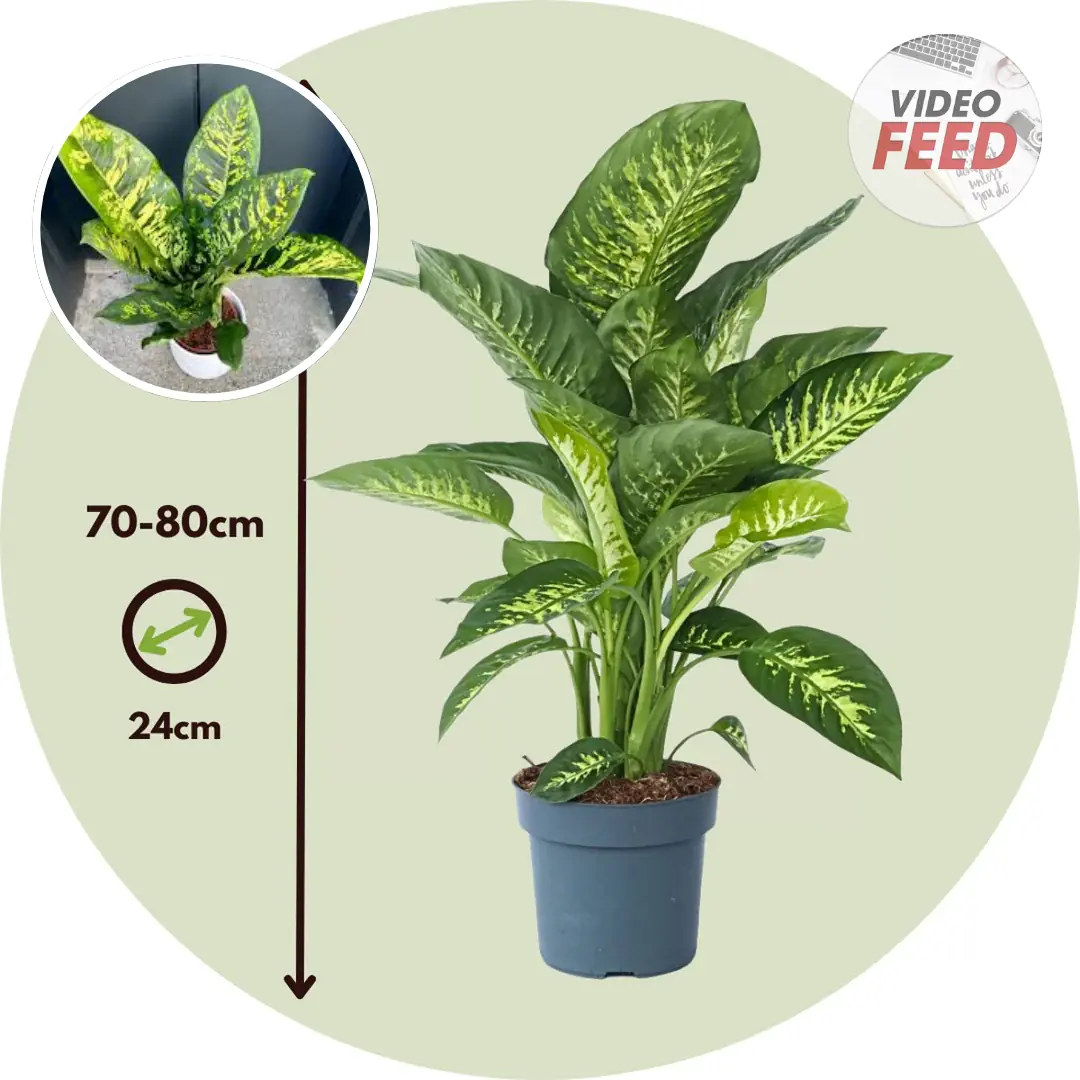
How to Grow and Care for Dieffenbachia

How to Grow and Care for Phalaenopsis Orchids Indoors
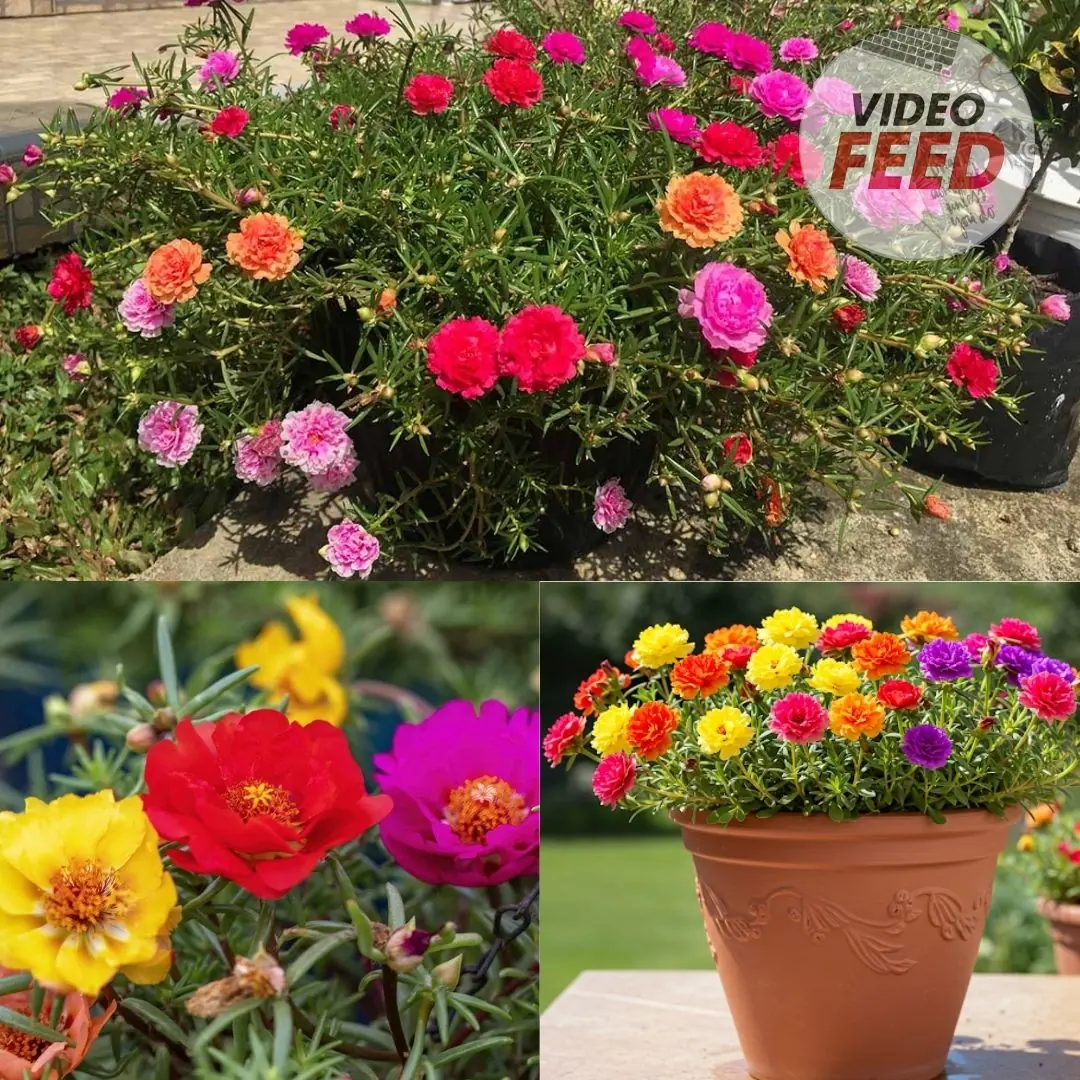
Portulaca in Pots: The Complete Guide to Growing Colorful & Drought-Tolerant Flowers Outdoors
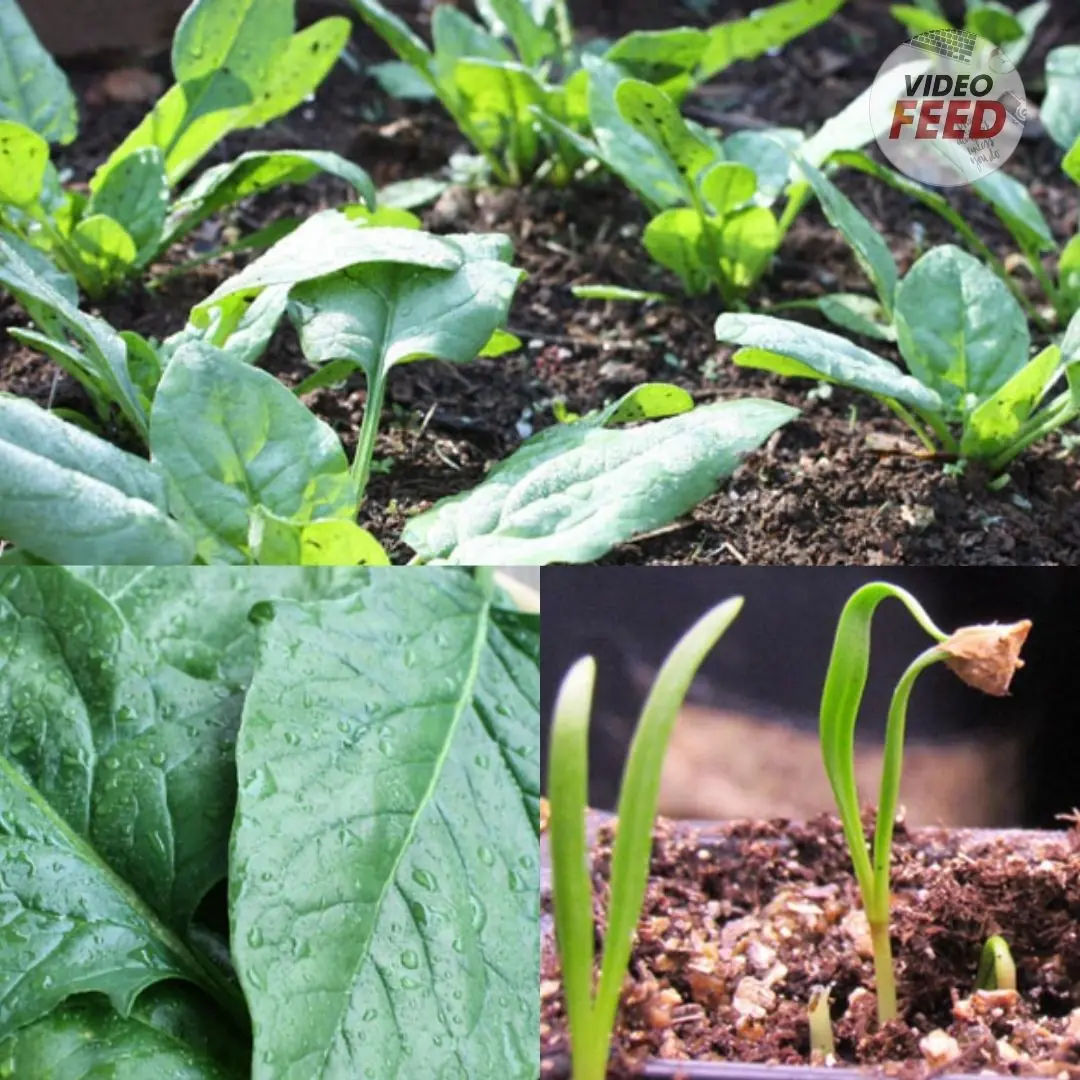
10 Tips for Growing Superb Spring Spinach
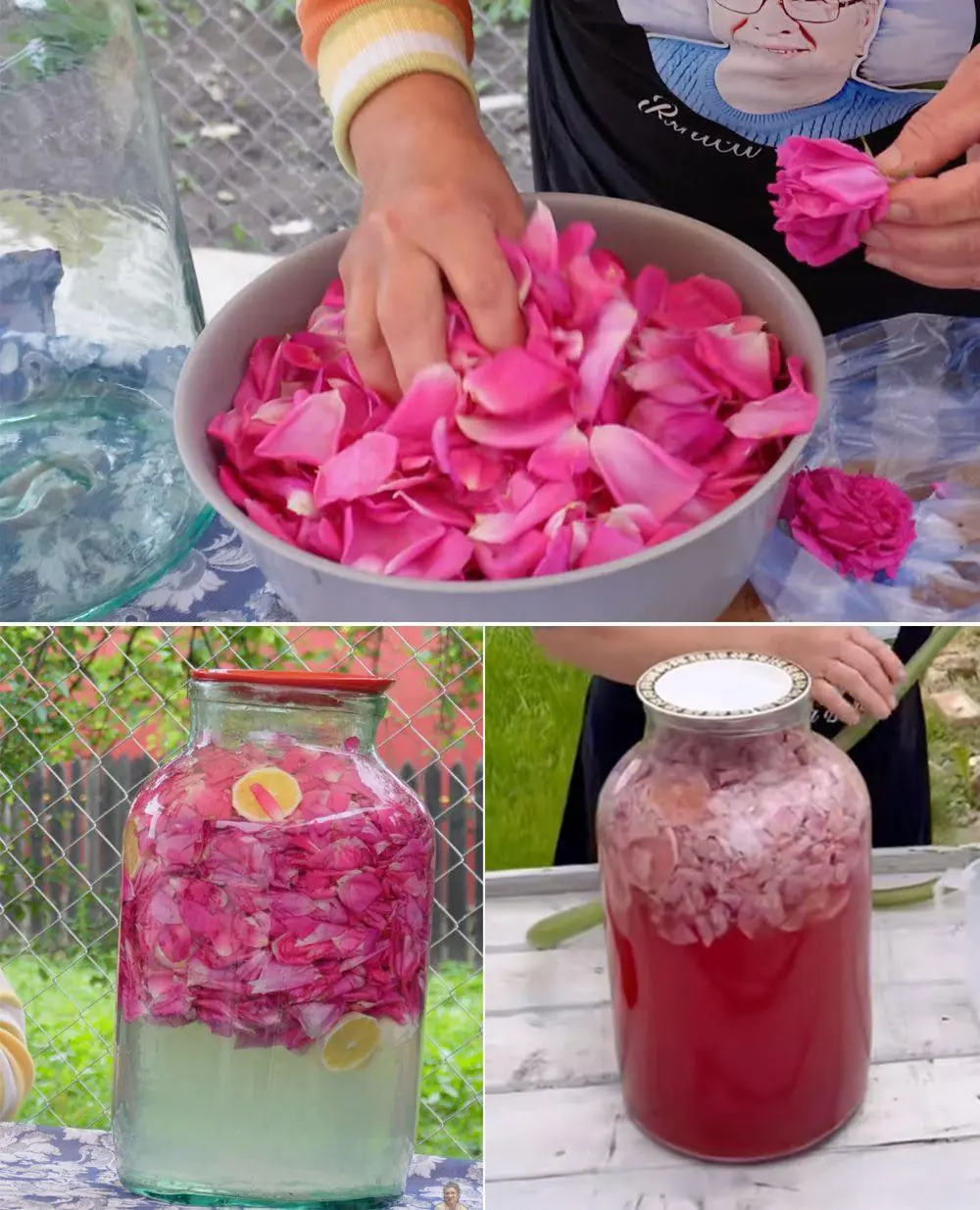
How to Make Rose Petal Lemonade – A Refreshing Homemade Drink
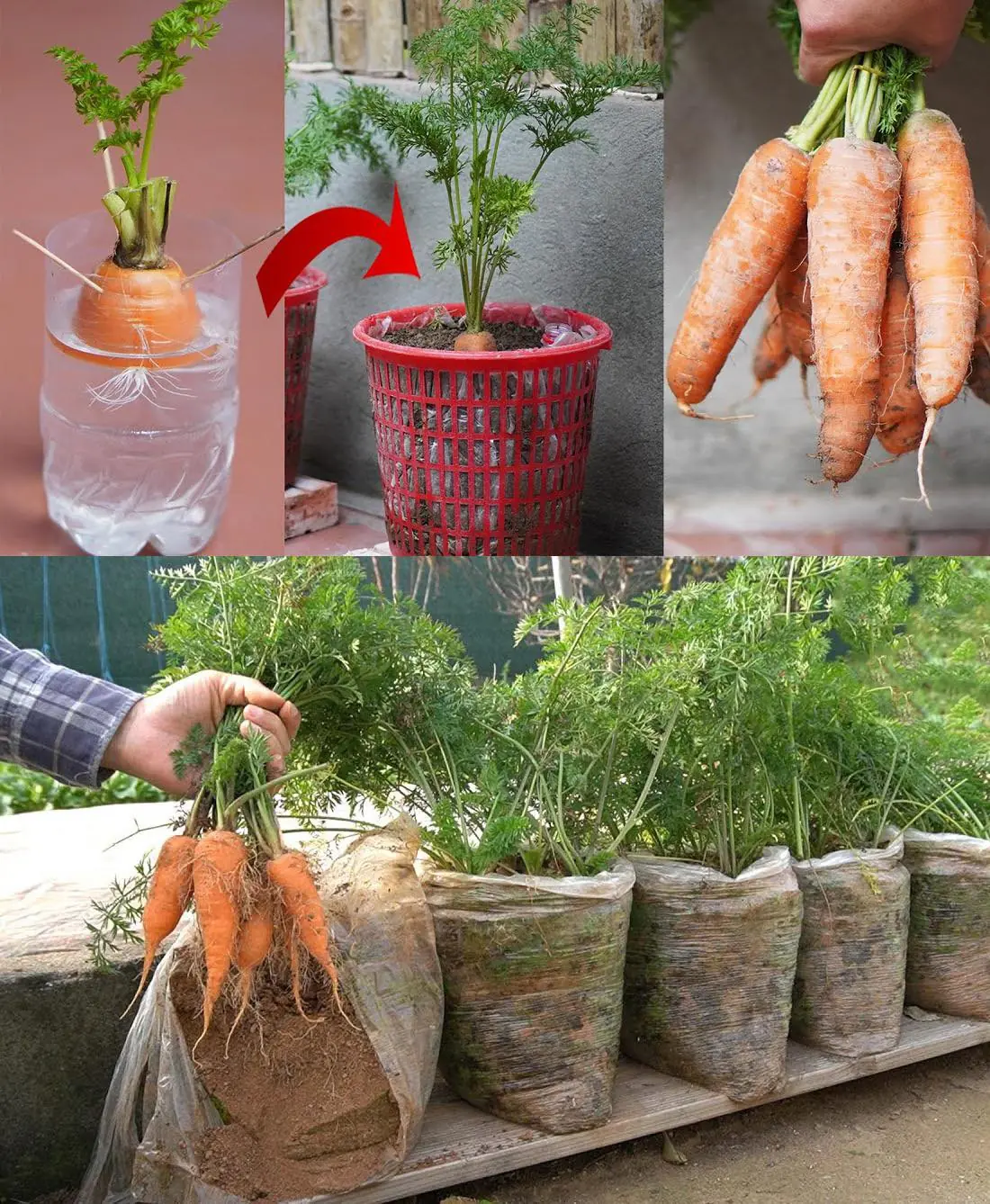
How to Grow Carrots at Home in Containers Starting with a Single Carrot
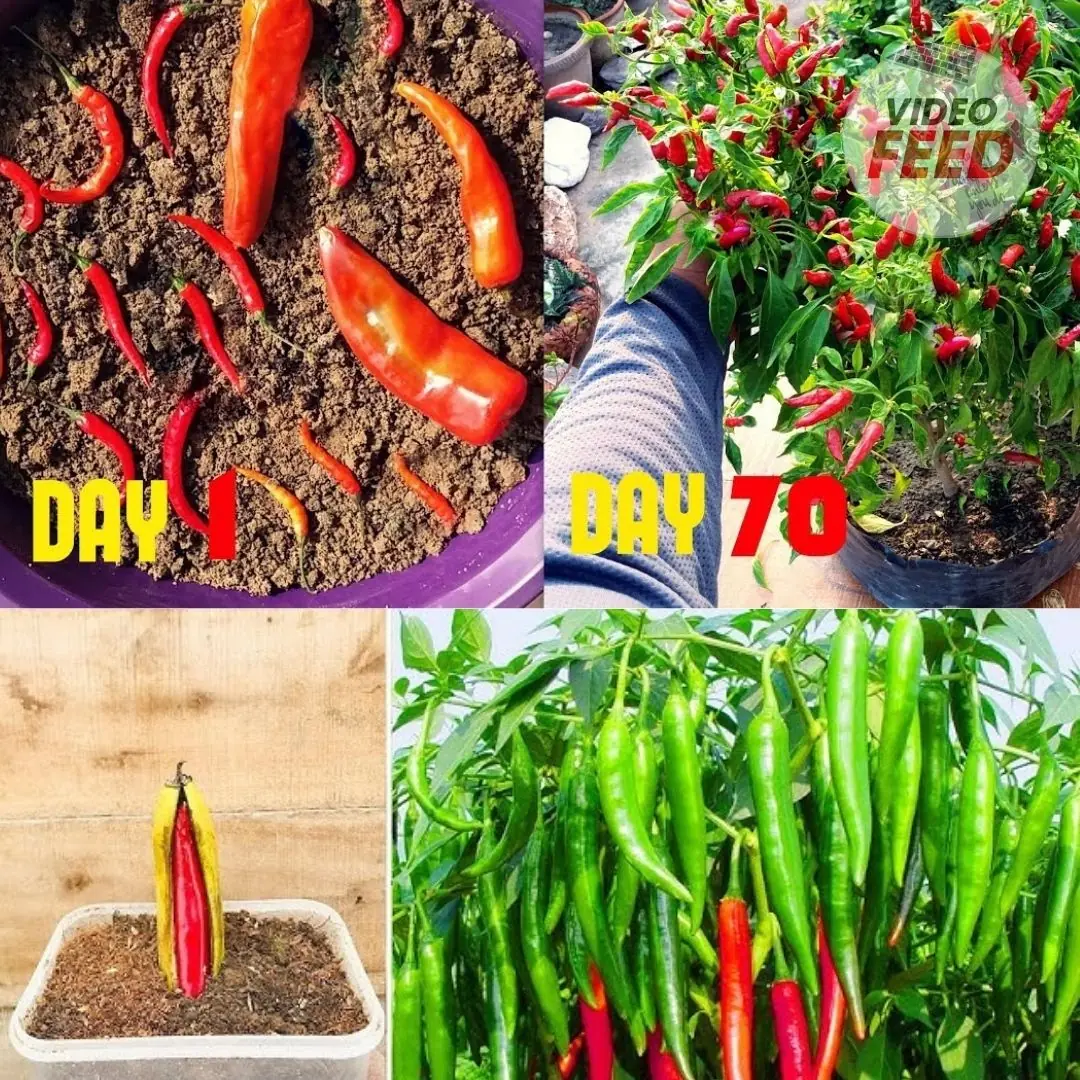
Turn a small corner of your house into a mini chili garden – both beautiful and useful!
News Post

Why are there only 4 countries in the world that can produce ballpoint pen tips?

A family of 3 got pancreatic can.cer because of eating this type of meat for breakfast

When buying an apartment, don't touch these 4 floors no matter how cheap: It's uncomfortable to live in and the value will depreciate quickly

How 27 minutes of daily meditation for 8 weeks can reshape the brain and reduce stress

4 people should not drink black bean water, the more you drink the more sick you will be

Do you sleep on your side? Here's the powerful effect one simple change can have on your body

The 4 most "to.x.ic" vegetables in the world silently "destroy the liver",

8 Can.cer-Fighting Foods That Destroy Abnormal Cells — Yet Most People Overlook Them

Eat tomatoes every day, 1 year later the health check results are surprising

What those strange skin patterns might really mean

Top 4 longevity foods in China, sweet potatoes ranked third, number 1 position many people do not expect

Eating These 4 Foods on an Empty Stomach Can Cleanse Your Gut, Improve Digestion, and Lower Can.cer Risk

Always Pooping Right After Eating? A Doctor Explains the Surprising Reason

Avoid ginger if you have these 5 health problems..

Eating 1 type of vegetable regularly, 60-year-old woman with can:cer has had no recurrence for 10 years

Coconut Pineapple Banana Bread

3 types of drinks that "suck out the bones" of your body every day

3 types of spices if you know how to eat them raw, even can:cer will have to... FEAR it

56 year old woman eats lard every day, 1.5 years later the doctor looked at the results and exclaimed 👇
